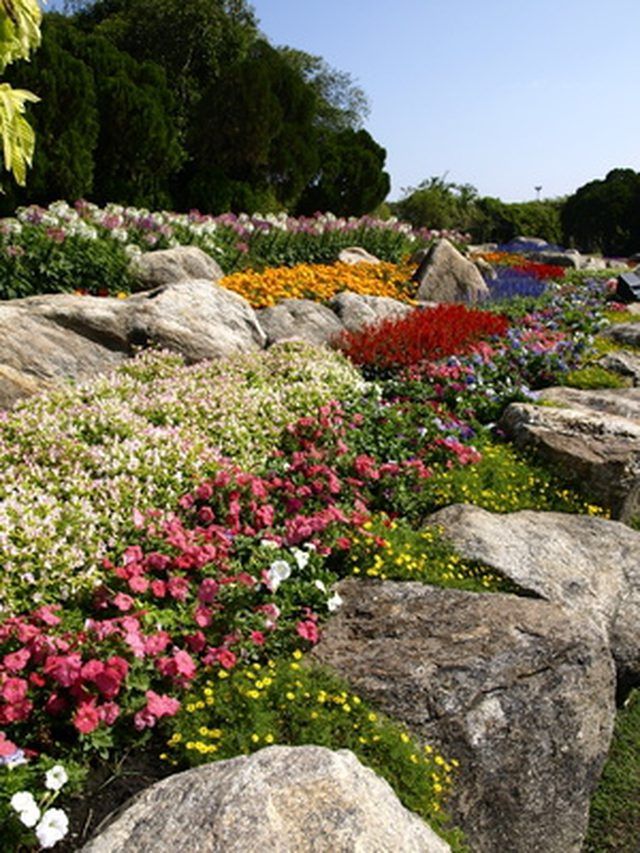Bulbs
Flower Basics
Flower Beds & Specialty Gardens
Flower Garden
Garden Furniture
Garden Gnomes
Garden Seeds
Garden Sheds
Garden Statues
Garden Tools & Supplies
Gardening Basics
Green & Organic
Groundcovers & Vines
Growing Annuals
Growing Basil
Growing Beans
Growing Berries
Growing Blueberries
Growing Cactus
Growing Corn
Growing Cotton
Growing Edibles
Growing Flowers
Growing Garlic
Growing Grapes
Growing Grass
Growing Herbs
Growing Jasmine
Growing Mint
Growing Mushrooms
Orchids
Growing Peanuts
Growing Perennials
Growing Plants
Growing Rosemary
Growing Roses
Growing Strawberries
Growing Sunflowers
Growing Thyme
Growing Tomatoes
Growing Tulips
Growing Vegetables
Herb Basics
Herb Garden
Indoor Growing
Landscaping Basics
Landscaping Patios
Landscaping Plants
Landscaping Shrubs
Landscaping Trees
Landscaping Walks & Pathways
Lawn Basics
Lawn Maintenance
Lawn Mowers
Lawn Ornaments
Lawn Planting
Lawn Tools
Outdoor Growing
Overall Landscape Planning
Pests, Weeds & Problems
Plant Basics
Rock Garden
Rose Garden
Shrubs
Soil
Specialty Gardens
Trees
Vegetable Garden
Yard Maintenance
Difference Between Topsoil & Compost
Difference Between Topsoil & Compost. Compost and topsoil are both beneficial for a garden. As the first layer of soil, the topsoil is the organic layer in which grass and plants have most of their roots, and where the vital nutrients come from to sustain plant life. If those nutrients diminish, the entire lawn or garden may get depleted from lack...

Compost and topsoil are both beneficial for a garden. As the first layer of soil, the topsoil is the organic layer in which grass and plants have most of their roots, and where the vital nutrients come from to sustain plant life. If those nutrients diminish, the entire lawn or garden may get depleted from lack of nourishment and die. Composting restores nutrients, improves the soil and helps the environment by keeping grass and plants healthy and alive.
Making Compost
Compost is made of partly broken down organic matter and debris from the garden, such as grass clippings and brown leaves. The green debris carries oxygen and the brown carries carbon. Compost differs from topsoil, which is made of clay, sand and other matter of the earth. The materials in compost are organic and can be easily tilled into the soil to give added nutrients to the soil. "Organic Gardening" suggests making compost piles in two ways, hot and cold. Cold composting take less effort and can be done in the back yard. Hot composting takes more effort and time.
Benefits of Compost
Compost can give a lawn the nutrients it has lost and restore the fresh look of a lawn. It is a cheap way to fertilize a lawn. Unlike topsoil, compost is made up of matter that is decayed from plant sources. Adding worms to compost produces high organic matter. Compost embellishes the soil by encouraging the growth of micro-organisms that break down matter, creating humus, and decreases the need for fertilizers, pesticides and water. Composting helps clean dirty soil.
Benefits of Topsoil
Topsoil holds vital nutrients necessary to keeping plants alive by absorbing the gas and water needed for growth. The matter on the top of the soil distributes the organic matter through the upper inches of the topsoil. The rich soil is refereed to as humus and is very fertile soil beneficial for planting. Topsoil retains the nutrients in plants, it also stops or prevents erosion from rain and wind. It is the most fertile and most important part of the soil.
Making Topsoil
Topsoil is the crust of the Earth's outer layer about 2 to 8 inches deep. It serves a very important purpose to the Earth giving plants the nutrients they need to live. All topsoil is made of different ingredients that vary by location and is different from compost because of the pH level. A pH level greater than 7 should not be used for gardening. Topsoil should look moist and fall apart easily. Unhealthy topsoil appears gray and dry, which will lead to unhealthy crops. The color of topsoil should be dark brown, unlike finished compost which appears black.
Laying Topsoil
Measure the area where topsoil will be needed for the garden or lawn. The topsoil should be fertile and free of debris. A good topsoil has an even mixture of clay, sand and silt. Having too much of one element can cause problems with growing. Water the garden or lawn to promote weeds to grow. Use a herbicide to destroy the weeds and repeat after 14 days. Give the area time to settle and the herbicide time wear off. Lay 4 to 5 inches of topsoil on the garden or lawn and use a rototiller. Use a rake to smooth out the area.